目录
- 1.前言
- 2.加载properties文件
- 3.加载yml文件
- 4.配置优先级
- 对于优先读取该属性的值的解释
- 5.使用的监听器以及加载的时机(监听的事件)
- 备注:通过Environment取Spring配置中的值
- 总结
1.前言
通过PropertySourceLoader接口的实现类配合监听器实现加载外部的配置文件,加载properties文件使用PropertiesPropertySourceLoader,加载yml文件使用YamlPropertySourceLoader。
通过监听器将配置文件加载到Spring环境配置中,且可以指定优先级。
核心是将配置文件加载PropertySource中并将其添加到spring的MutablePropertySources中,使其可以通过@value等方式获取配置文件中的属性值。
2.加载properties文件
1.方法一:PropertiesPropertySourceLoader
public class MyApplicationContextInitializer implements ApplicationContextInitializer {
@Override
public void initialize(ConfigurableApplicationContext configurableApplicationContext) {
PropertiesPropertySourceLoader loader = new PropertiesPropertySourceLoader();
try {
PropertySource<?> propertySource = loader.load("publicConfiguration", new InputStreamResource(Files.newInputStream(Paths.get("C:\\Users\\fkp12\\Desktop\\application.propwww.devze.comerties")))).get(0);
configurableApplicationContext.getEnvironment().getPropertySources().addFirst(propertySource);
} catch (IOException e) {
throw new RuntimeException(e);
}
}
}
2.方法二:PropertiesFactoryBean
public class MyApplicationContextInitializer implements ApplicationContextInitializer {
@Override
public void initialize(ConfigurableApplicationContext configurableApplicationContext) {
PropertiesFactoryBean factoryBean = new PropertiesFactoryBean();
try {
factoryBean.setLocation(new InputStreamResource(Files.newInputStream(Paths.get("C:\\Users\\fkp12\\Desktop\\application.properties"))));
Properties object = factoryBean.getObject();
if(object != null){
PropertiesPropertySource propertySource = new PropertiesPropertySource("publicConfiguration",object);
configurableApplicationContext.getEnvironment().getPropertySources().addFirst(propertySource);
}
} catch (IOException e) {
throw new RuntimeException(e);
}
}
}
3.加载yml文件
1.方法一:YamlPropertySourceLoader
public class MyApplicationContextInitializer implements ApplicationContextInitializer {
@Override
public void initialize(ConfigurableApplicationContext configurableApplicationContext) {
YamlPropertySourceLoader loader = new YamlPropertySourceLoader();
try {
PropertySource<?> propertySource = loader.load("externalConfiguration", new InputStreamResource(Files.newInputStream(Paths.get("C:\\Users\\fkp12\\Desktop\\application.yml")))).get(0);
configurableApplicationContext.getEnvironment().getPropertySources().addFirst(propertySource);
} catch (IOException e) {
throw new RuntimeException(e);
}
}
}
2.方法二:YamlPropertiesFactoryBean
public class MyApplicationContextInitializer implements ApplicationContextInitializer {
@Override
public void initialize(ConfigurableApplicationContext configurableApplicationContext) {
YamlPropertiesFactoryBean factoryBean = new YamlPropertiesFactoryBean();
try {
factoryBean.setResources(new InputStreamResource(Files.newInputStream(Paths.get("C:\\Users\\fkp12\\Desktop\\application.yml"))));
Properties object = factoryBean.getObject();
if(object != null){
PropertiesPropertySource propertySource = new PropertiesPropertySource("publicConfiguration",object);
configurableApplicationContext.getEnvironment().getPropertySources().addFirst(propertySource);
}
} catch (IOException e) {
e.printStackTrace();
}
}
}
4.配置优先级
通过上述代码可以发现所有方法最后都是通过configurableApplicationContext.getEnvironment().getPropertySources().addFirst(propertySource)将封装好的PropertySource对象加入到Spring配置中的,而都是通过调用addFirst(PropertySource propertySource),除了addFirst还有addLast,addBefore,addAfter,这就与优先级有关系了,先说一下addBefore和addAfter,这两个方法参数都是String relativePropertySourceName, PropertySource<?> propertySource,意思就是要将此propertySource添加在名为relativePropertySourceName的propertySource的前边还是后边,放在前边的在读取属性时会优先读取属性值,而addFirst和addLast则是将此propertySource放在整个列表的最前或最后。
对于优先读取该属性的值的解释
例如项目中的配置文件application.yml中有属性name: zhangsan,外部配置文件externalApplication.yml中有属性name: lisi,通过上述任何方式将外部配置文件加载到Spring配置中后因为两个配置文件中都有name属性,但其值不相同,这个时候如果通过@Value("${name}")取值会取到zhangsan还是lisi呢,答案是在上述PropertySource列表中靠前的会优先生效。
如果想让外部的配置文件优先则可以使用addFirst方法添加propertySourcjavascripte。
提到配置文件的优先级就想起了springboot默认读取配置文件的优先级,参考下方说明:
优先级依次递减
- 1.在执行命令的目录下建config文件夹,然后把配置文件放到这个文件夹下。(在jar包的同一个目录下建config文件夹,执行命令需要在jar包所在目录下才行)
- 2.直接把配置文件放到jar包的同级目录
- 3.在classpath下建一个config文件夹,然后把配置文件放进去。
- 4.在classpath下直接放配置文件。
5.使用的监听器以及加载的时机(监听的事件)
无论使用那种监听器的实现类型,都需要拿到ConfigurableEnvironment这个参数,可以在多个时机加载配置文件,例如environmentPrepared,contextPrepared,下面展示三种方式实现
方法一:
public class MyApplicationContextInitializer implements ApplicationContextInitializer {
@Override
public void initialize(ConfigurableApplicationContext configurableApplicationContext) {
YamlPropertySourceLoader loader = new YamlPropertySourceLoader();
try {
PropertySource<?> propertySource = loader.load("externalConfiguration", new InputStreamResource(Files.newInputStream(Paths.get("C:\\Users\\fkp12\\Desktop\\application.yml")))).get(0);
configurableApplicationContext.getEnvironment().getPropertySources().addFirst(propertySource);
} catch (IOException e) {
throw new RuntimeException(e);
}
}
}
需要将该类的全限定名配置到spvYxzQAXXmEring.factories中
org.springframework.context.ApplicationContextInitializer=com.fkp.springboot_listener.listener.MyApplicationContextInitializer
方法二:
public class MySpringApplicationRunListener implements SpringApplicationRunListener {
private final SpringApplication springApplication;
private final String[] args;
public MySpringApplicationRunListener(SpringApplication springApplication, String[] args) {
this.springApplication = springApplication;
this.args = args;
}
@Override
public void starting(ConfigurableBootstrapContext bootstrapContext) {
System.out.println("SpringApplicationRunListener....starting");
}
@Override
public void environmentPrepared(ConfigurableBootstrapContext bootstrapContext, ConfigurableEnvironment environment) {
YamlPropertySourceLoader loader = new YamlPropertySourceLoader(android);
try {
PropertySource<?> propertySource = loader.load("externalConfiguration", new InputStreamResource(Files.newInputStream(Paths.get("C:\\Users\\fkp12\\Desktop\\application.yml")))).get(0);
environment.getPropertySources().addFirst(propertySource);
} catch (IOException e) {
throw new RuntimeException(e);
}
}
@Override
public void contextPrepared(ConfigurableApplicationContext context) {
System.out.println("SpringApplicationRunListener....contextPrepared");
}
@Override
public void contextLoaded(ConfigurableApplicationContext context) {
System.out.println("SpringApplicationRunListener....contextLoaded");
}
@Override
public void started(ConfigurableApplicationContext context) {
System.out.println("SpringApplicationRunListener....started");
}
@Override
public void running(ConfigurableApplicationContext context) {
System.out.println("SpringApplicationRunListener....running");
}
@Override
public void failed(ConfigurableApplicationContext context, Throwable exception) {
System.out.println("SpringApplicationRunListener....failed");
}
}
需要将该类的全限定名配置到spring.factories中
org.springframework.boot.SpringApplicationRunListener=com.fkp.springboot_listener.listener.MySpringApplicationRunListener
方法三:
public class MyApplicationListener implements ApplicationListener<ApplicationEnvironmentPreparedEvent> {
@Override
public void onApplicationEvent(ApplicationEnvironmentPreparedEvent applicationEnvironmentPreparedEvent) {
YamlPropertySourceLoader loader = new YamlPropertySourceLoader();
try {
PropertySource<?> propertySource = loader.load("externalConfiguration", new InputStreamResource(Files.newInputStream(Paths.get("C:\\Users\\fkp12\\Desktop\\application.yml")))).get(0);
applicationEnvironmentPreparedEvent.getEnvironment().getPropwww.devze.comertySources().addFirst(propertySource);
} catch (IOException e) {
throw new RuntimeException(e);
}
}
}
需要将该类的全限定名配置到spring.factories中
org.springframework.context.ApplicationListener=com.fkp.springboot_listener.listener.MyApplicationListener
备注:通过Environment取Spring配置中的值
Environment或实现该接口的类可以通过多种方式获取,例如上述ApplicationEnvironmentPreparedEvent#getEnvironment()获取ConfigurableEnvironment
通用的一种方法是通过ApplicationContext获取,ApplicationContext#getEnvironment(),ApplicationContext可以从Spring容器中取。
通过Environment的getProperty方法可以取Spring配置中属性的值。
总结
以上为个人经验,希望能给大家一个参考,也希望大家多多支持编程客栈(www.devze.com)。
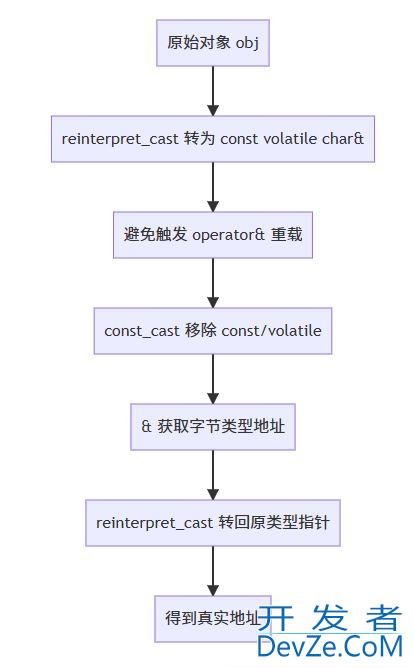
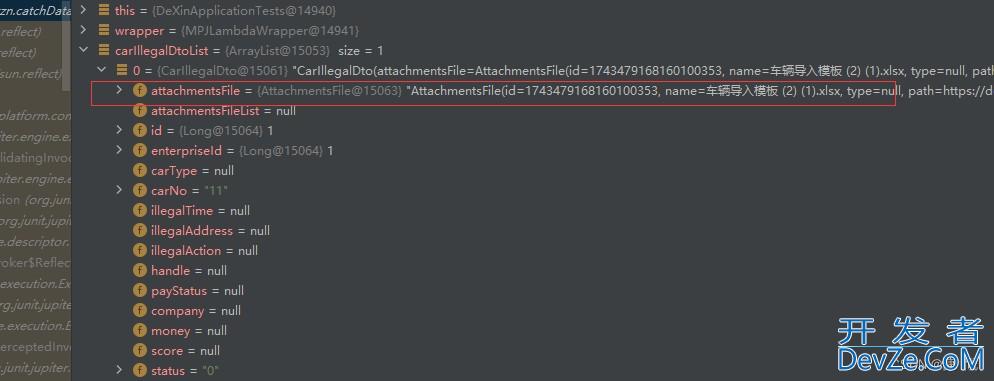

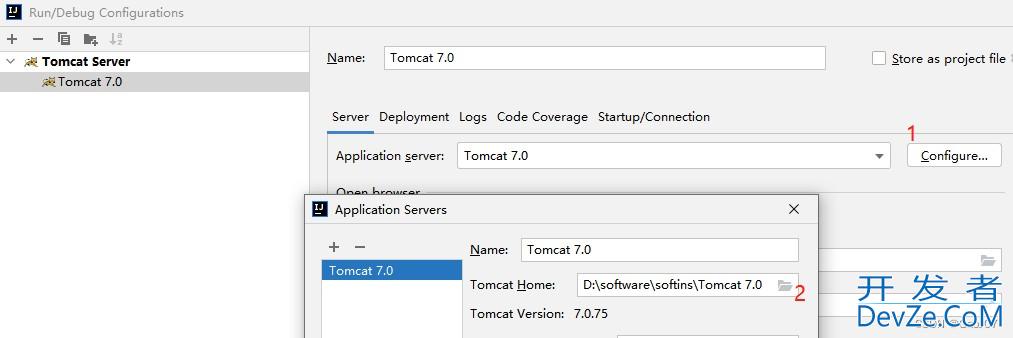
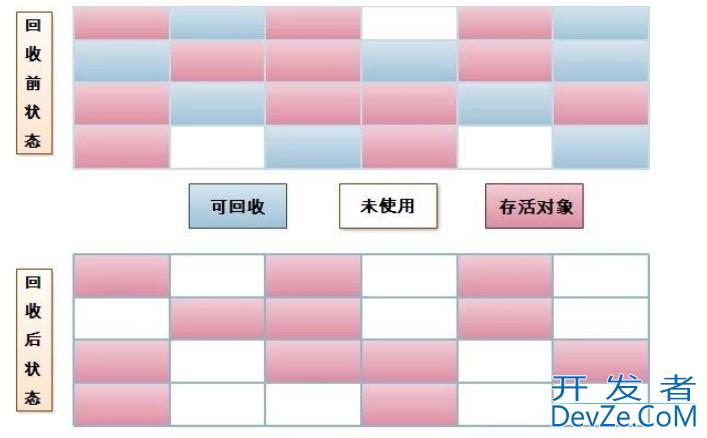
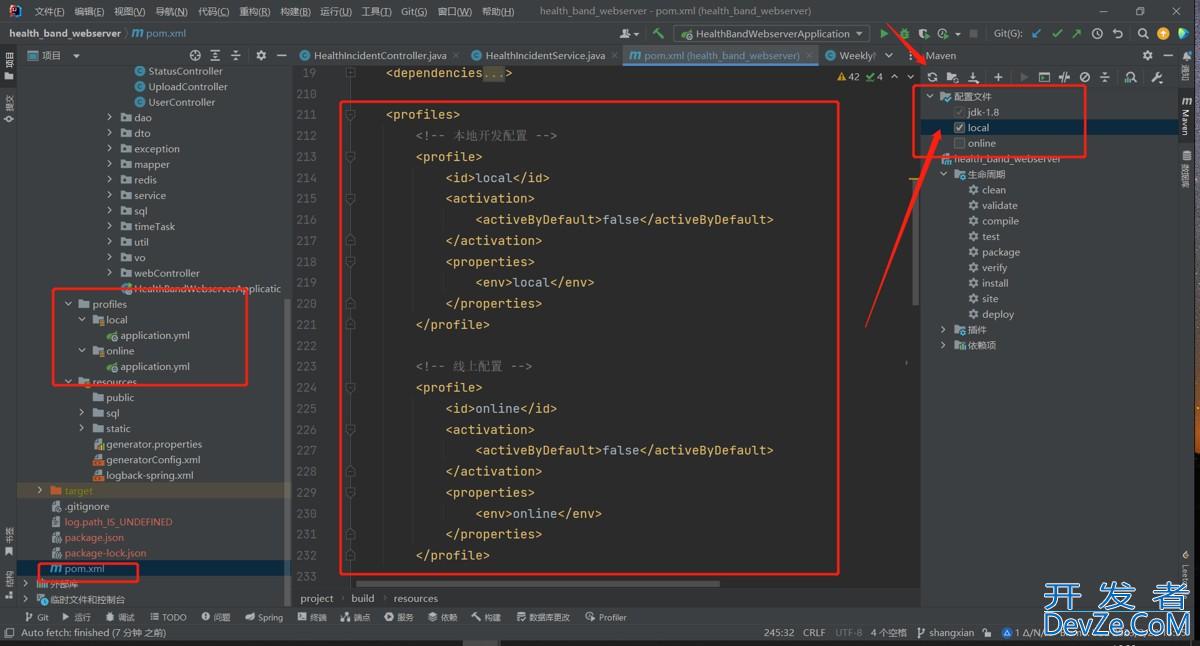
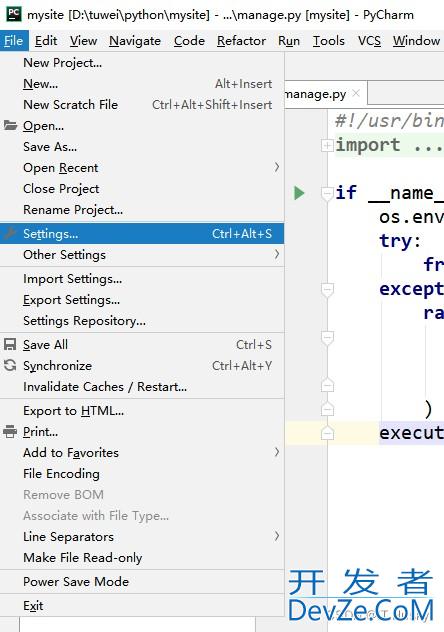
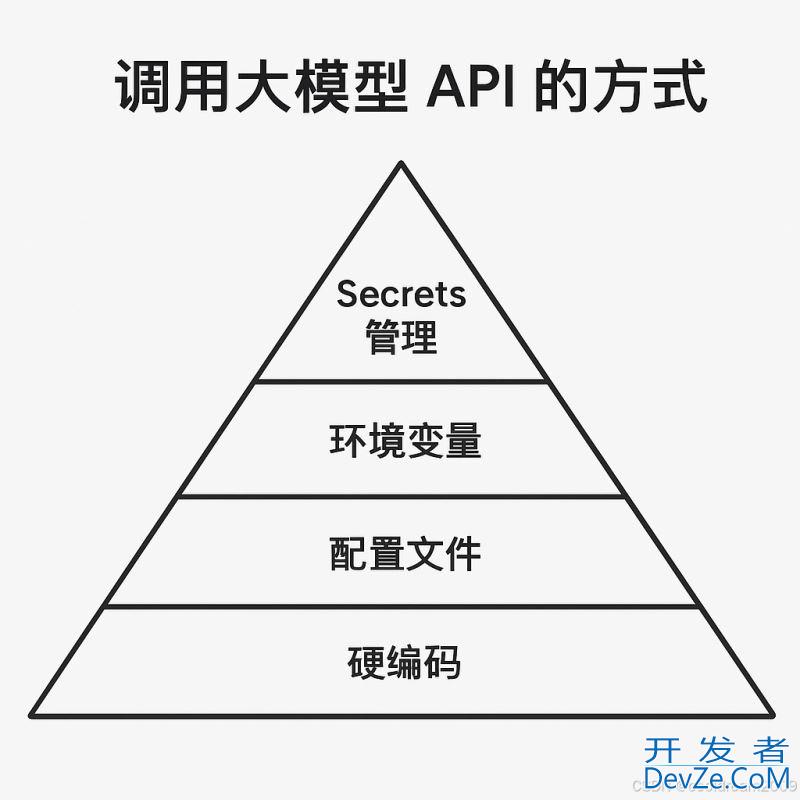
 加载中,请稍侯......
加载中,请稍侯......
精彩评论